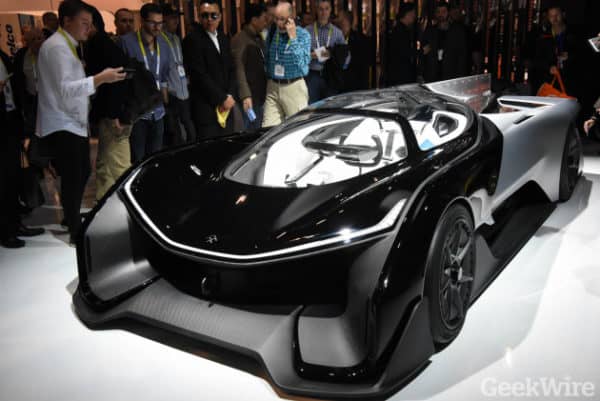Self-driving cars are already on the streets, even if they aren’t available for the general public to own and operate yet. The former Google engineers at Waymo have driven their autonomous vehicles more than 7 million miles on city streets, and more than 2.7 billion miles in simulated environments in 2017 alone.
In addition to being convenient and technologically fascinating, self-driving cars have the power to save lives. Once perfected, they’ll make far fewer mistakes than their human driver counterparts, and could declutter the roads, reducing traffic, and therefore, the risk of injury and death while driving.
But there are other, less expected consequences of a self-driving car revolution—and it’s easy to lose sight of them when we’re focused on the core debate.
The Unexpected Consequences of Autonomous Vehicles
Lawmakers, engineers, and consumers are fixated on arguing about whether self-driving cars would be safer than human drivers (even though the objective evidence is clear), or whether they’re in danger of being hacked. But we aren’t talking about the other ways self-driving cars could change our lives:
- Older car retirement. As self-driving cars become more affordable and more available, people aren’t going to want to keep their old manual cars around. And with fewer buyers and lower prices for those cars, we may see an increase in Texas junk cars and vehicle recycling. The surge in car disposal would put a burden on recyclers, and could lead us with a waste disposal problem, not to mention causing problems for the secondary market.
- Car sickness. We’re used to driving or being passengers in cars that are operated by human drivers, but we may not be equipped for a driverless experience. It’s estimated that somewhere between 6 and 12 percent of people in a driverless car will experience motion sickness. While that may not seem like a big deal, it could significantly impact the way we treat driverless cars, and affect who has access to them.
- Reduced labor demand. There are currently more than 4 million Americans employed as truck drivers, and millions more employed as taxi drivers, Uber/Lyft drivers, chauffeurs, and other professions that require extensive driving. When we have a fleet of self-driving vehicles to autonomously take us wherever we want to go, what’s going to happen to those millions of jobs? The resulting impact on the economy would be devastating, at least temporarily, as those professionals left their chosen field and developed new skill sets.
- Car bullying. It seems strange to think of people “bullying” self-driving cars, but it’s a legitimate possibility. Autonomous vehicles will need to follow a firm set of rules to ensure driver and pedestrian safety, but those rules could be easily exploited. For example, a pedestrian who knows that a self-driving car will never take an action to endanger a pedestrian’s life may obstruct the vehicle’s path in an effort to communicate with the passengers within, or purely for amusement. Already, at least one person has used autonomous vehicles’ programming to never pass a solid white line to trap those vehicles in salt circles.
- False confidence. Knowing that self-driving cars are on the roads could give pedestrians and passengers alike a false sense of confidence. If you’re walking on the side of the road and a car approaches you, you might not waver in your path, assuming that the car will see you and avoid you no matter what—but all it takes is one rogue human driver to render that confidence false.
- Over reliance on automated errands. It’s only natural that we’ll rely on autonomous vehicles to do things for us, but that can have unintended consequences. For example, sending a car to pick up our kids from school can result in long lines that form early, and cluttered parking lots far in advance of release hours. Letting your car circle the grocery store instead of finding a parking space may save you some time in the moment, but will fill the surrounding streets with autonomous vehicles doing the same thing. It’s the tragedy of the commons on a larger scale.
- Insurance changes. The auto insurance industry is dependent on things running more or less the same as they are now; it operates with razor-thin profit margins, and relies on historical data to inform its decisions on policies. If self-driving cars have nearly perfect track records, insurance costs are going to necessarily plummet, and new types of insurance may need to emerge. As a result, major insurance companies can expect to cut jobs, or worse, file for bankruptcy as revenue slows to a halt.
Broadening the Conversation
If we’re going to get serious about bringing self-driving cars to market, we need to think in bigger, broader terms about how those autonomous vehicles will affect our lives. It’s not enough to speculate about hackers, and debate whether human drivers are inherently better; there are secondary challenges and considerations that still need to be resolved. It’s on us to broaden the conversation and try to resolve them—before self-driving cars become commonplace.
 Gearfuse Technology, Science, Culture & More
Gearfuse Technology, Science, Culture & More



